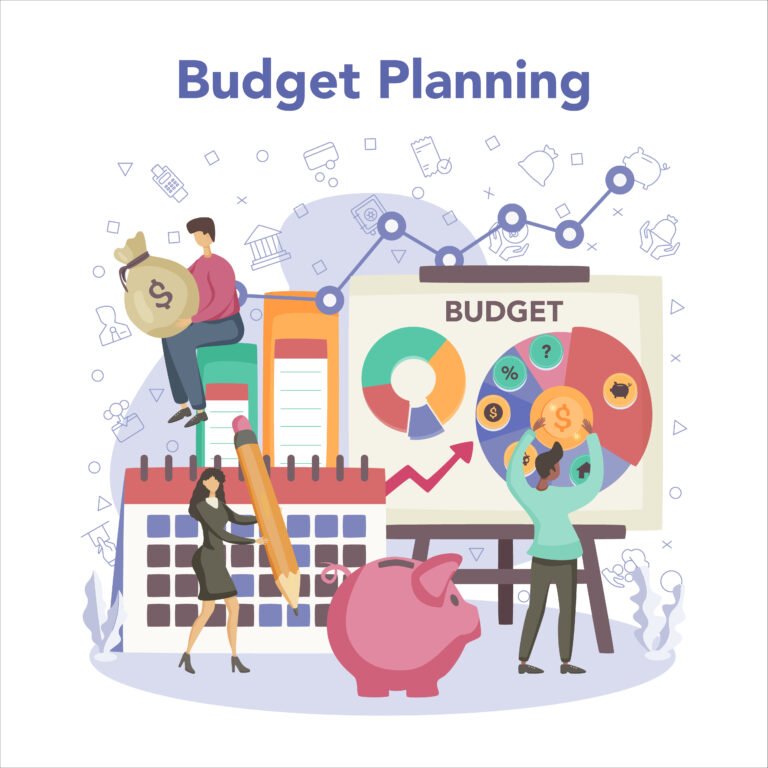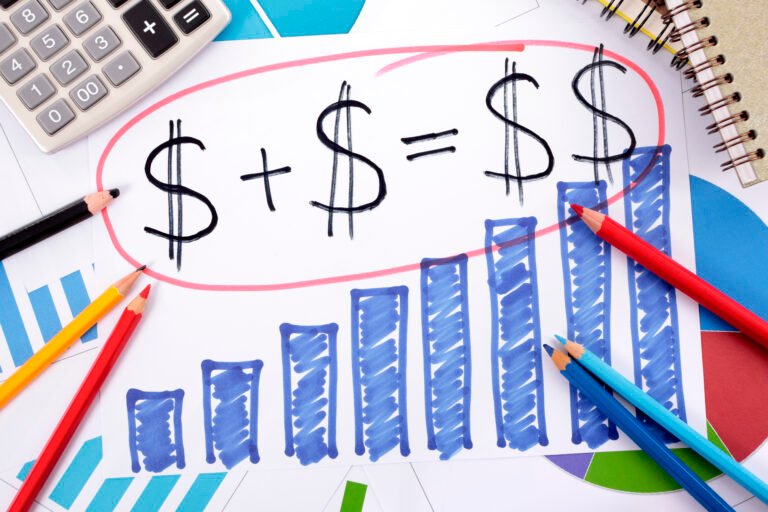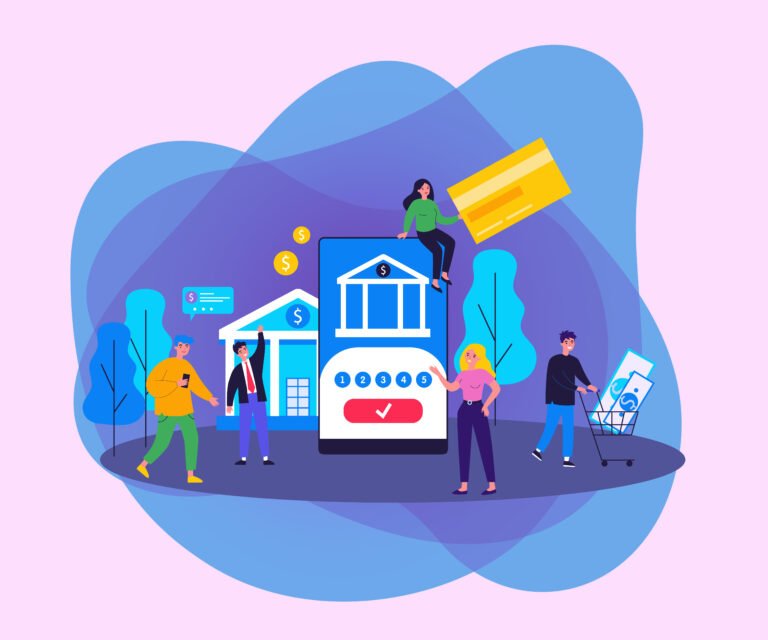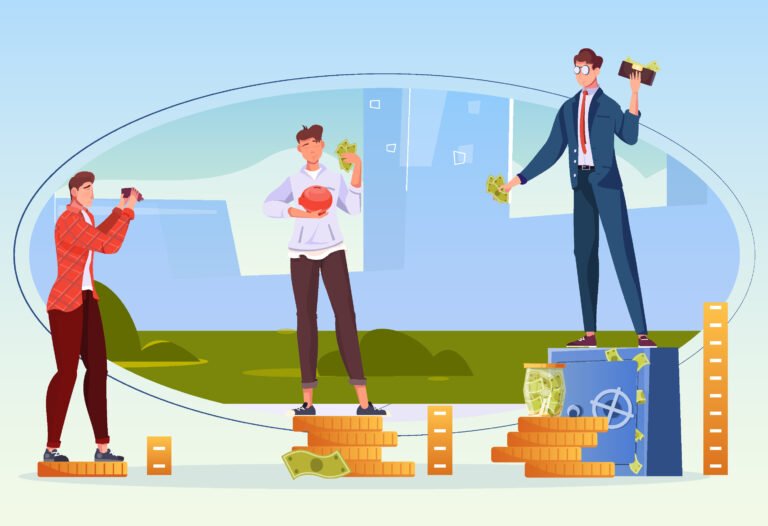1. 🧩 Understanding Your Options in 2025
✅ What Is Debt Consolidation, Really?
Debt consolidation means combining multiple debts—like credit cards, personal loans, or medical bills—into a single loan with one monthly payment. Ideally, this new loan has a lower interest rate or a longer repayment term (or both), making your payments more manageable. In 2025, more banks and fintech platforms offer flexible consolidation options, including AI-powered personal loan matching and credit builder plans.
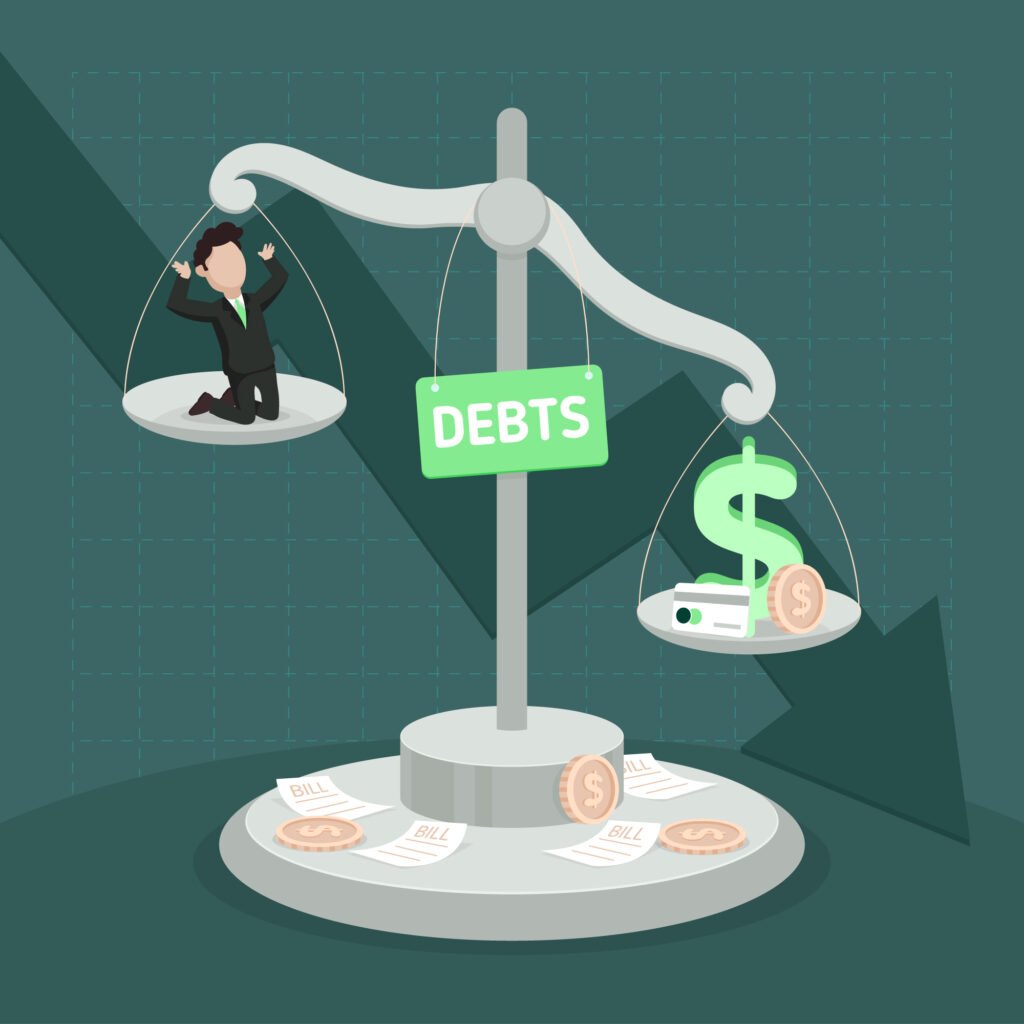
Table of Contents
🔁 How Multiple Payments Work (And Why Some Prefer It)
Keeping multiple payments might sound chaotic, but for some, it works. This strategy allows you to use methods like the Debt Snowball (paying off smallest balances first) or Debt Avalanche (paying highest interest first). It gives you more control and often a stronger sense of progress. Many prefer this route to avoid taking on another loan or extending their debt timeline.
📱 The Rise of New Fintech Tools and Loan Products
2025 has seen a boom in financial technology. Apps like Tally, Upstart, and Credello use AI to manage debt, optimize payments, and even offer smart consolidation loans. Some apps automatically pay your debts in the most cost-effective way. Others provide consolidation loans based on your cash flow—not just your credit score—making debt help more accessible than ever.
2. 💰 The Pros & Cons of Debt Consolidation
✅ Simplified Payments, Lower Stress
One of the biggest perks of debt consolidation is simplicity. Instead of juggling five due dates and minimum payments, you’ve got just one monthly payment. That mental relief alone can help you stay more consistent and avoid missed payments. For busy professionals or anyone already dealing with financial stress, this one change can feel like a huge win.
📉 Can You Really Get a Lower Interest Rate?
That depends. If your credit score has improved since you first took on your debts, you might qualify for a lower APR—especially with fintech lenders in 2025 using alternative credit data. Lower interest means more of your payment goes toward the principal, not just interest charges. But if your score is low or your debt is high-risk, the rate might not improve enough to make it worth it.
⚠️ Watch Out: Fees and Longer Terms Could Cost More
Here’s the catch: some consolidation loans come with origination fees, early repayment penalties, or longer loan terms that reduce your monthly payment—but increase the total interest you’ll pay over time. What seems “cheaper” month-to-month might actually cost you thousands more in the long run. Always run the math or use an online loan calculator before signing.
3. 🔄 Multiple Payments: Why Some Stick With It
🧠 Staying in Control of Each Debt
For many, managing multiple payments means staying connected to each account and being more intentional with spending. You know exactly how much is going to which lender, and you can shift your focus if needed. This hands-on approach helps avoid the false sense of “progress” that sometimes comes with consolidating everything into one big loan.
🧮 Snowball vs. Avalanche: A DIY Approach
Two powerful strategies thrive with multiple payments:
- Debt Snowball: Pay off the smallest balance first while making minimum payments on the rest. Great for motivation.
- Debt Avalanche: Tackle the highest-interest debt first, which saves you more money over time.
Both methods give you a clear game plan, and many people find them emotionally satisfying—like checking debts off a to-do list.
🧭 When Multiple Payments Make More Sense
Sometimes consolidation simply doesn’t fit:
- Your debts are low or manageable with your current income.
- You’re close to paying off a few accounts and don’t want to reset the clock.
- You’d rather avoid taking out a new loan or putting your credit score at risk.
4. 📊 What the Numbers Say in 2025
💳 Interest Rates: Consolidation Loans vs. Credit Cards
In 2025, average credit card APRs hover around 22–27%, especially for those with fair to poor credit. In contrast, personal consolidation loans can offer rates as low as 8–15%—if your credit score is strong or improving. Fintech lenders are using income data, employment history, and even spending habits to offer better rates to more people. But for high-risk borrowers, rates can still land in the 20%+ range, reducing the benefit of consolidation.
💵 Monthly Cash Flow Comparison
One of the biggest advantages of consolidation is lowering your monthly payments, especially when you extend your repayment term. For example, consolidating five credit card debts totaling PKR 500,000 into a 3-year loan could lower your monthly obligation significantly—giving you breathing room. But remember: lower payments often mean longer repayment periods and more interest paid.
📈 Total Cost Over Time: Which Saves More?
Here’s the bottom line:
- Debt Avalanche with multiple payments usually saves the most money in total interest, if you’re disciplined.
- Consolidation can reduce stress and help with cash flow, but may cost more over time depending on fees, interest, and loan length.
5. 👤 Who Should Choose Which Option?
✅ Ideal Profiles for Debt Consolidation
Debt consolidation works best for people who:
- Have multiple high-interest debts (like credit cards or payday loans)
- Can qualify for a lower-interest loan
- Want the simplicity of one monthly payment
- Have a stable income and can commit to the new loan terms
If this sounds like you, consolidation can reduce both your stress and your total interest costs, especially with 2025’s AI-powered lenders offering smarter matching based on your full financial profile—not just your credit score.
⚠️ When to Avoid Consolidating Your Debt
You might want to avoid consolidation if:
- Your total debt is already manageable with a payment plan
- You’re about to pay off one or more accounts in the next 6–12 months
- You’d be extending the loan term just to get lower payments
- You’re at risk of running up new debt once old balances are cleared
Consolidating without changing habits can lead to a debt relapse, making things worse instead of better.
📊 Credit Score Considerations in Each Scenario
- Consolidation Loans: May cause a temporary dip due to the hard inquiry and new account, but long-term can boost your score by lowering credit utilization and improving your payment history.
- Multiple Payments: Keeping existing accounts open and paying them down consistently can be great for your score—especially if you’re managing on-time payments and reducing card balances.
📌 Pro tip: In 2025, some lenders now offer “soft pull” pre-approvals—so you can check your consolidation options without hurting your credit score.
6. 🚧 Pitfalls to Avoid
⚠️ Consolidation Scams and Hidden Clauses
The rise of debt relief services has also brought a wave of scammy lenders and shady offers. Watch out for:
- Upfront fees before approval
- Promises that sound “too good to be true”
- No clear repayment schedule
- Pressure to act fast without giving you time to review terms
Always read the fine print. In 2025, legit fintech lenders are transparent and offer fee disclosures, soft credit checks, and user reviews. Stick with licensed providers and never sign under pressure.
💤 The Trap of False Security After Consolidating
Consolidation can feel like a fresh start—but that feeling can be dangerously misleading. Once your old accounts are zeroed out, it’s easy to fall into the trap of:
- Running up new credit card debt
- Thinking you’ve “fixed” the problem without changing habits
- Stopping your budgeting or spending awareness
Debt consolidation works best when it’s paired with a behavior shift, not just a better payment plan.
❗ Missing Payments: More Risk With One Big Loan?
Here’s what many people don’t realize: missing a payment on your consolidation loan can hurt more than missing a small credit card payment. That’s because:
- You’re dealing with larger loan balances
- You could default on the entire loan
- Some lenders have strict penalty clauses or late fees
In 2025, many apps offer auto-pay options, reminders, and payment protections—use them to stay consistent.
7. 🧠 Mindset Matters: Financial Habits Post-Consolidation
🔄 Consolidation Without Behavior Change = Back in Debt
Consolidating your debt can feel like progress—and it is—but it’s not a permanent solution without changing the behaviors that caused the debt in the first place. If overspending, impulse buying, or lack of tracking led to debt, a new loan won’t fix that. Think of consolidation as a tool, not a solution. True progress comes from reshaping your habits.
💸 How to Build Better Budgeting Habits
The most successful debt-free stories in 2025 come from people who:
- Set clear budgets and stick to them
- Track spending using apps like YNAB, Mint, or Monarch
- Follow systems like the 50/30/20 rule or zero-based budgeting
- Keep a small emergency fund to avoid falling back into debt when life happens
Automate payments, set calendar reminders, and review your money weekly—even for 10 minutes. It all adds up.
📱 Using Tech to Stay on Track (Apps & Automations)
The good news? You don’t have to do it alone. In 2025, apps and AI tools can help:
- Auto-pay your consolidation loan to avoid late fees
- Round up purchases to save extra toward debt
- Send alerts when spending spikes in a certain category
- Give you a full picture of your debt-to-income ratio in real-time
Use these tools as your accountability partners—they make staying on track easier, even when motivation dips.
8. ✅ The Bottom Line: What Works Better in 2025?
🤔 Is One-Size-Fits-All the Right Approach?
Short answer: No.
While debt consolidation works for many, it’s not a universal fix. Some people thrive with a simple monthly payment. Others make faster progress with multiple payments and snowball/avalanche methods. The right path depends on your habits, your income, and your emotional relationship with money. What reduces stress for one person may overwhelm another.
🧩 Personalized Strategy > Popular Strategy
In 2025, you have more tools and flexibility than ever to manage debt. That means your best move is to design a strategy that fits your life—not just what worked for someone else on TikTok or YouTube. Combine the strengths of both approaches if needed:
- Consolidate some debts, but still use snowball tactics for others
- Use a balance transfer for one card, and pay off others aggressively
- Choose structure + mindset + automation for the win
✅ A Quick Checklist to Help You Decide
Ask yourself:
✔️ Do I have multiple debts with high interest rates?
✔️ Is my credit score good enough for a lower-rate loan?
✔️ Do I want one simplified payment to stay focused?
✔️ Am I ready to change my financial habits, not just my loan terms?
✔️ Would consolidation free up cash I can use to save or invest?
✔️ Or… am I better off staying hands-on and knocking out each debt one by one?
If you answered “yes” to most of the first group, consolidation could help.
If you’re more disciplined and don’t want a new loan, sticking with multiple payments may serve you better.
Bonus Section: FAQ – Debt Consolidation vs. Multiple Payments
📉 Will consolidation hurt my credit score?
Initially, maybe.
When you apply for a consolidation loan, lenders typically perform a hard inquiry, which can cause a small, temporary dip in your credit score. However, if you consistently make on-time payments and lower your overall credit utilization, your score can actually improve over time. The key is staying consistent and not taking on new debt after consolidating.
🎓 What if I have student loans, credit cards, and a car loan?
You can still consolidate, but not all debts can be combined together.
- Federal student loans may be consolidated through government programs, but not usually with private debts like credit cards.
- Private lenders may let you combine credit cards and personal loans—but usually not auto loans or federal student debt.
- In 2025, some platforms offer custom bundling, but terms vary.
👉 Tip: You may need to consolidate different types of debt separately or use a blended strategy (e.g., consolidate cards, snowball the rest).
🧾 Can I consolidate debt without a loan?
Yes—there are a few non-loan options:
- Balance transfer credit cards: Move existing debt to a card with 0% APR (for a limited time).
- Debt management plans (DMPs): Offered by nonprofit credit counselors who negotiate lower rates and create a single monthly payment plan—no new loan required.
- Apps like Tally: Pay your debts on your behalf and you repay them monthly (technically not a traditional loan).
Each option comes with pros, cons, and requirements—so weigh your choices carefully.
Read Also: Buying a Car? Here’s How to Avoid Overpaying by Thousands

